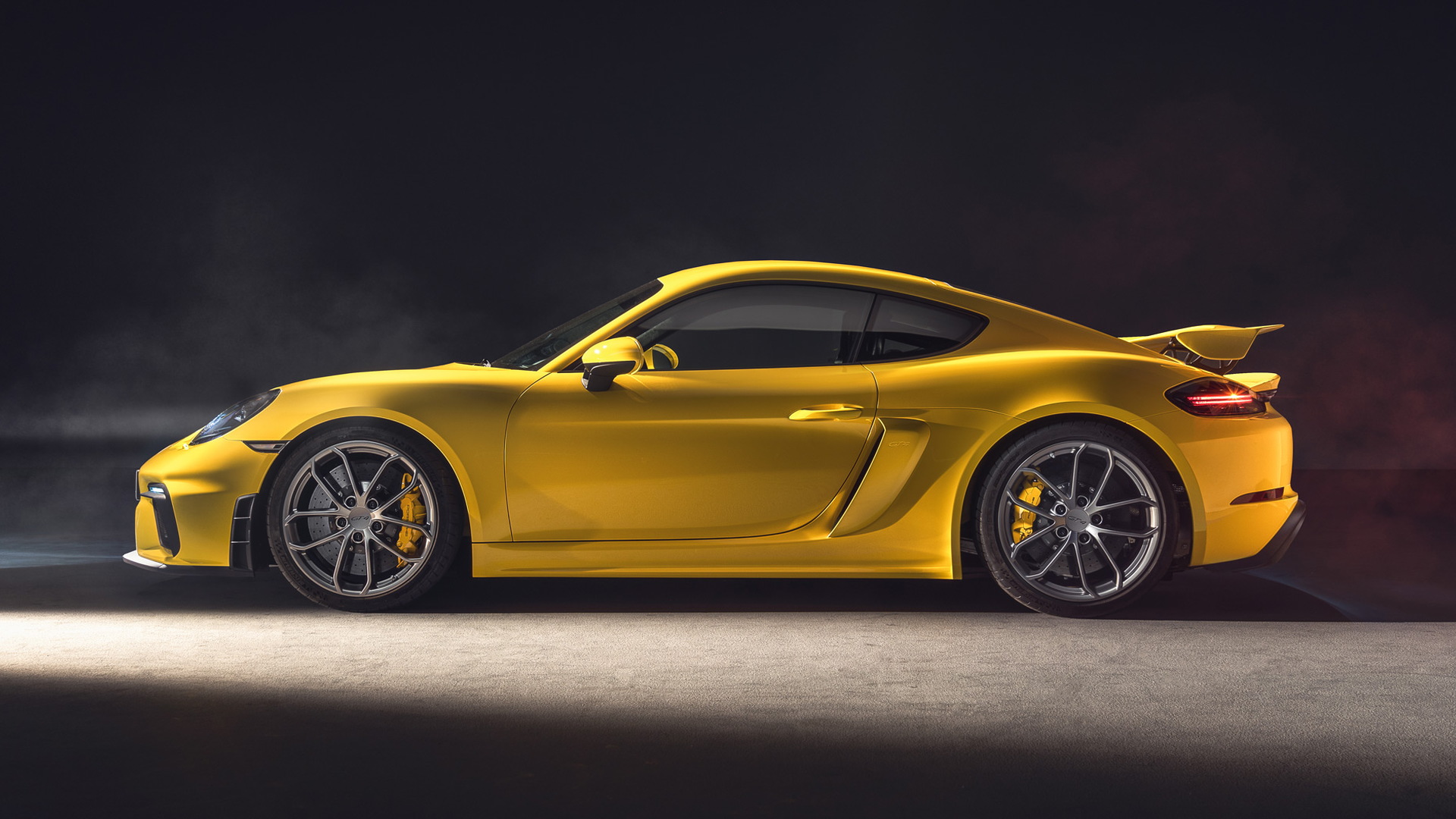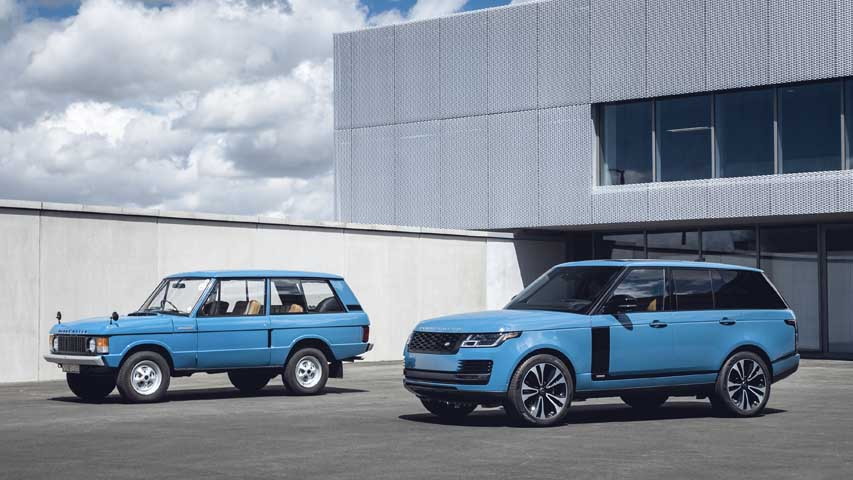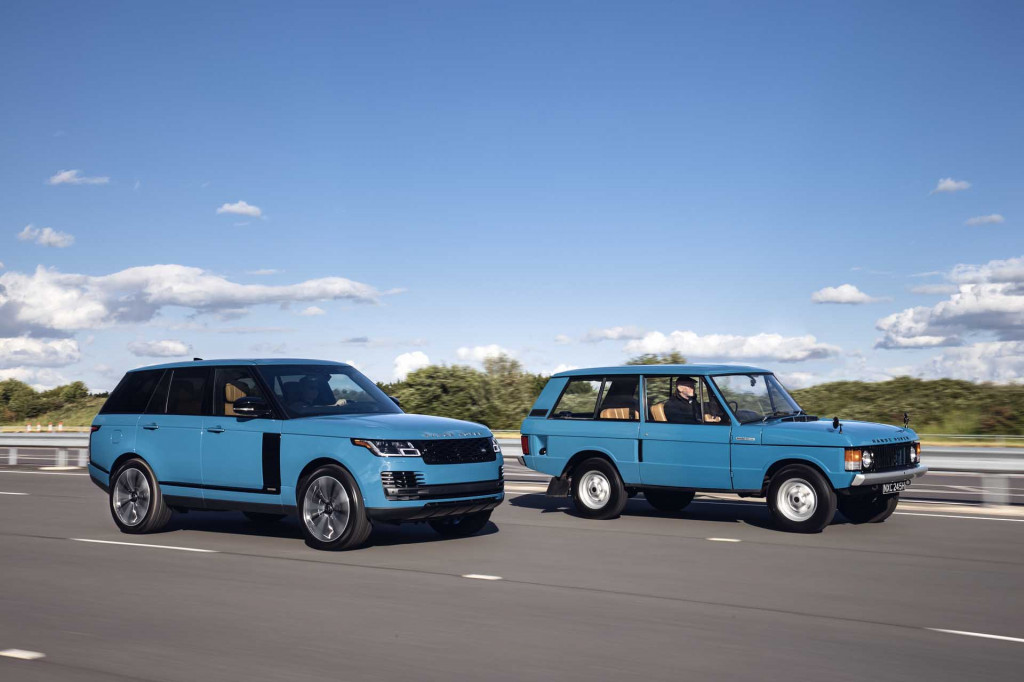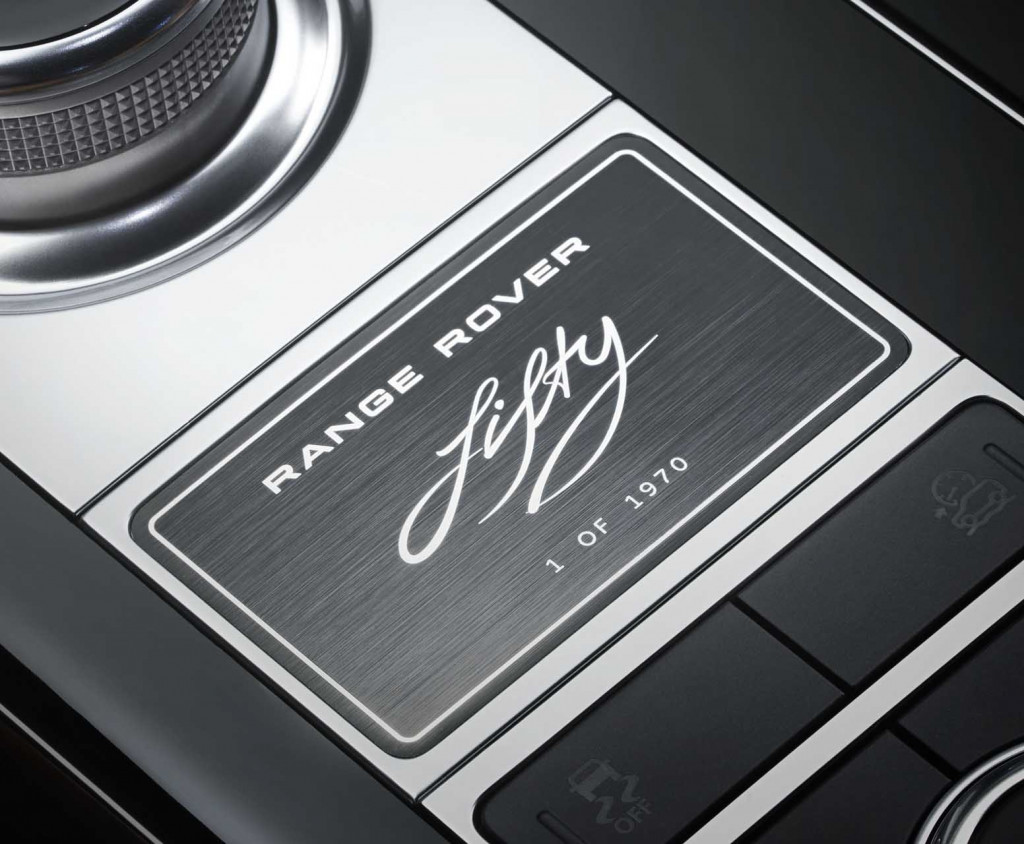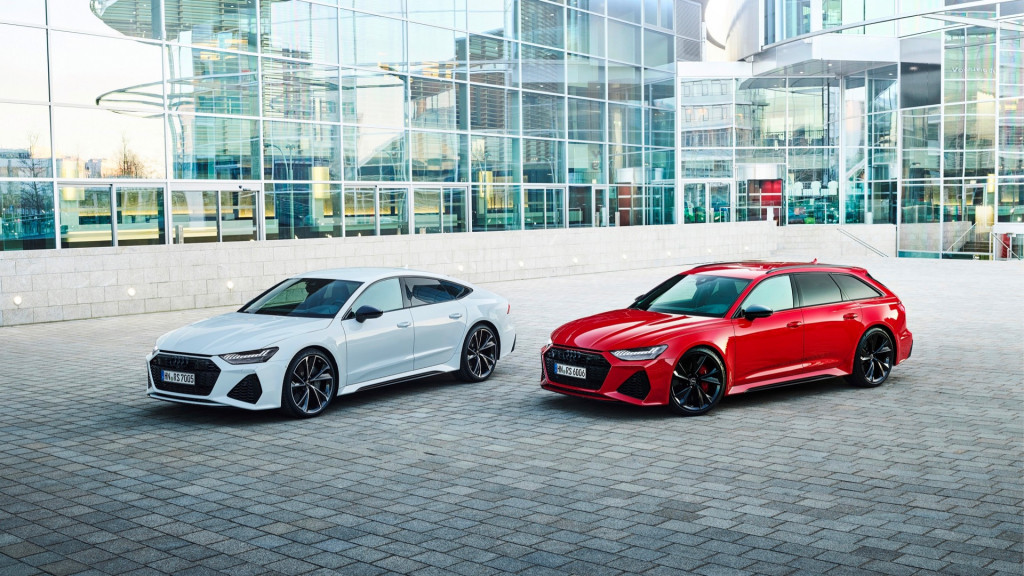
Audi RS is the equivalent of BMW M or Mercedes-AMG. Like
those brands, Audi hands regular production models over to a dedicated
performance division (formally known as Audi Sport GmbH) for upgrades. In a
late May press release, Audi offered more details on that development process.
Like many other performance cars, development of the Audi RS
models is centered around the Nürburgring Nordschleife.
Every
RS model undergoes at least 8,000 kilometers (4,970 miles) of testing
at the 12.9-mile circuit, Oliver Hoffman, managing director of Audi Sport, said
in a statement.
"The track provides us with detailed information about
the durability of our parts under extreme conditions and specifics about the
suspension," Hoffman said.
To get the most out of the RS models, Audi Sport employs a
Nürburgring specialist. Frank Stippler is a local engineer and racing driver
who has won the Nürburgring 24-hour race twice. In 2019, he set a lap record
for production SUVs in the
2020
RS Q8, circling the track in 7:42.253.
RS testing isn't limited to the Nürburgring, though. The
performance models must meet the same durability standards as other Audi
models, completing hot-and cold-weather testing at different locales around the
world. The RS Q8 completed 7.4 million miles of testing, which is the
equivalent of driving around the world 30 times. The SUV lapped Italy's Nardo
high-speed test track, endured the cold of a Finnish winter, and was tested in
the heat and high altitude of South Africa, the automaker said.
RS models are built alongside standard Audi models at four
factories. The RS 3, RS 4, and RS 5 are built in Ingolstadt, Germany, while the
RS 6 and RS 7 are built in Neckarsulm, Germany. The RS Q3 and TT RS are built
in Gyor, Hungary, and the RS Q8 is built in Bratislava, Slovakia. At each
factory, RS-specific parts are added at the appropriate points in the assembly
process. That includes special sheet metal: on the RS 6 Avant, only the front
doors, roof, and tailgate are unchanged from the base A6 Avant. The exterior
changes are largely inspired by the form-follows-function look of race cars.
Audi noted that its Quality Assurance department assembles
the RS bodies on aluminum master jigs that employ state-of-the-art measuring
features such as laser scanners to measure several million points on the
surface of any part. This allows Audi to adjust all surfaces, joints, and radii
to the tenth of a millimeter to improve the aerodynamics of the cars.
The Neckarsulm factory is located near Audi Sports'
headquarters, and it has a test track where cars are shaken down before
shipment to customers. Race cars are built on the same property, which will
also host an assembly facility for the Audi E-Tron GT electric car.
Audi currently has 12 RS models in its lineup, with eight
sold in the United States. The next one will likely be a
redesigned
RS 3, based on the
updated
A3 compact. With the new A3 scheduled to arrive in the U.S. as a 2021
model, expect the RS 3 to launch during the 2022 model year. As with the
current
generation, the RS 3 will likely be offered only as a sedan in the U.S.,
with a hatchback version available elsewhere.
by Stephen Edelstein
http://www.boscheuropean.com
